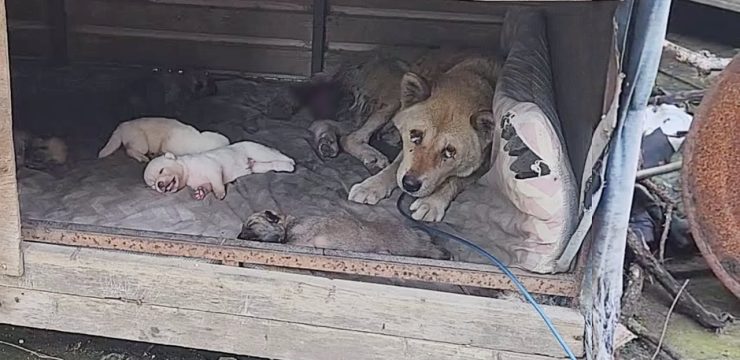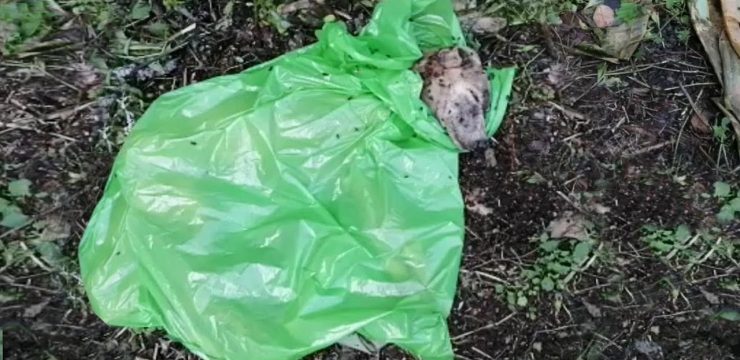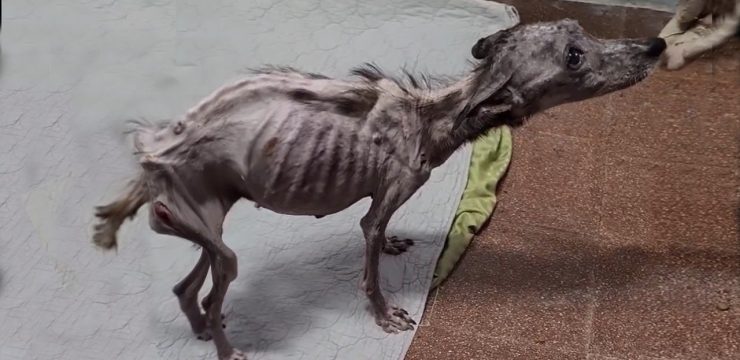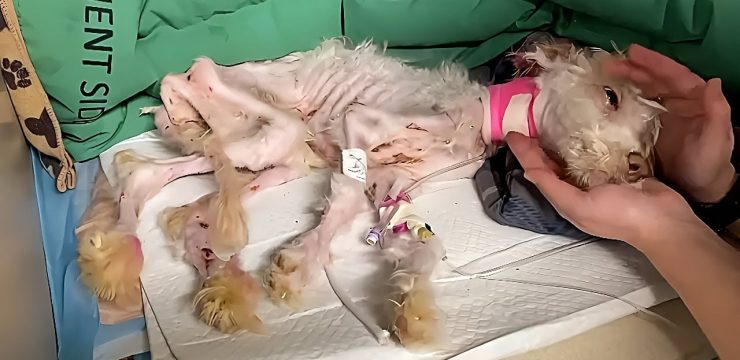Dogs have a unique way of greeting each other that many people find a bit odd — they go straight for sniffing each other’s rear ends. It’s a normal part of their social behavior, but when that same curiosity is directed at humans — particularly when your dog starts sniffing someone’s crotch — it can feel downright uncomfortable or even embarrassing. You might find yourself wondering why your dog chooses such an awkward way to say hello.

Well, as odd as it may seem, dogs aren’t trying to be rude. In fact, they’re just using the tools nature gave them to explore their environment and gather information. For dogs, the sense of smell is their most powerful way to understand the world. It’s how they make sense of their surroundings, identify other animals, and yes — learn about people. While humans rely mostly on sight, dogs rely heavily on smell. Their noses are equipped with around 220 million scent receptors — compared to a human’s mere 5 million. That’s about 50 times more than we have, making dogs truly super-powered sniffers.
According to Jennifer Sperry, a veterinarian with Pets Plus Us Insurance, dogs are naturally drawn to areas of the body that emit strong scents, which is why crotches are so appealing to them. This area of the human body contains apocrine sweat glands, which release a distinctive scent that dogs find fascinating. These glands are also located in the armpits and chest, but since dogs are closer in height to our waists, the crotch is simply more accessible — especially for medium or large dogs. Add in the fact that people’s natural body scent is strongest there, and it becomes obvious why dogs can’t resist a good sniff.
If you’ve ever been the recipient of this canine behavior — or worse, watched your dog greet your guests with their nose buried in an awkward place — you know it can lead to some very uncomfortable moments. But here’s the good news: there are effective and respectful ways to redirect your dog’s curiosity without punishing them. First and foremost, it’s important to understand that your dog is not being impolite or aggressive. They’re simply following their instincts.
When your dog sniffs someone’s crotch, they’re trying to gather information, much like they would when sniffing another dog’s behind. It’s a form of social communication. In fact, a dog’s interest in this area of your body can signal that they are feeling happy, secure, and curious — all signs of a healthy, engaged pet. That said, if it’s making you or your guests uncomfortable, there are ways to train your dog to behave more appropriately in these situations.
Step one: Redirect, don’t discipline. It might be tempting to scold your dog when they get a little too friendly with your guests, but that can lead to confusion. Dogs don’t always understand why they’re being reprimanded, especially for a behavior that feels completely natural to them. Instead, focus on redirecting their behavior toward something more socially acceptable. Engage your dog’s nose in a productive way with tools like snuffle mats, puzzle toys, or even scent games designed to stimulate their sense of smell. Taking your dog on regular “sniffer walks” — where they’re allowed to explore and sniff freely — is another great outlet for their natural curiosity.
Step two: Teach polite greetings. Training your dog to greet people in a more controlled and courteous manner is both possible and rewarding. One effective method is reinforcing the “sit” command whenever someone enters your home. By having your dog sit calmly as a guest arrives, you’re not only preventing them from engaging in crotch-sniffing behavior but also reinforcing good manners. According to Dr. Sperry, another fun trick to teach is the “high-five.” Here’s how: first, make sure your dog is comfortable giving high-fives. Then, when a guest walks in, give your dog the cue to perform the trick. Offer praise and a treat when they do it correctly. This provides your dog with a positive alternative to sniffing and helps them focus their attention in a constructive way.
The key to changing your dog’s behavior lies in positive reinforcement. When your dog makes the right choice, reward them with affection, praise, or a treat. Over time, this builds a strong association between polite greetings and good outcomes, making them more likely to behave appropriately in future social situations.
Remember, your dog isn’t trying to embarrass you. They’re simply engaging with the world in the way they know best — through their nose. When they sniff between your legs or those of a guest, they’re using their natural instincts to learn more about the person. It’s no different than how humans shake hands or ask questions to get to know someone — just a bit less refined from our perspective!
So, the next time your dog tries to get a little too friendly with someone’s private area, don’t get frustrated. Instead, take a moment to appreciate their curiosity and intelligence, and use the opportunity to guide them toward more acceptable ways to interact. With a little patience, training, and positive reinforcement, you can help your dog become the perfect host — greeting guests with a wagging tail and a polite trick instead of an awkward sniff.
In the end, understanding your dog’s behavior leads to a stronger bond between you and your furry companion. By respecting their natural instincts while gently guiding them with training, you’re not only improving your dog’s social skills but also ensuring that everyone — humans and dogs alike — feels comfortable and happy.





